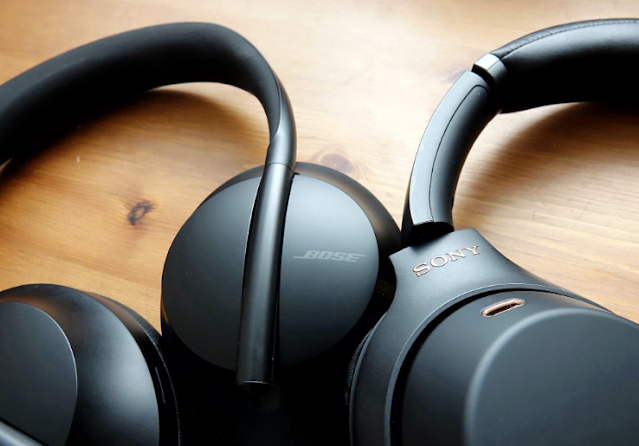MacBook vs. Windows Laptop: Choosing the Right Notebook for Your Needs
When it comes to choosing a notebook, the decision often boils down to the classic debate: MacBook vs. Windows laptop. Apple's MacBook lineup and the wide array of Windows laptops offer distinct features and experiences. In this article, we will explore the key factors to consider when choosing between these two platforms, helping you make an informed decision based on your specific needs and preferences.
Design and Build Quality
Apple's MacBook series is renowned for its sleek design and impeccable build quality. The unibody aluminum construction gives MacBooks a premium look and feel. The attention to detail and craftsmanship result in thin and lightweight laptops that are highly portable and aesthetically pleasing. Apple's design philosophy emphasizes simplicity and minimalism, making MacBook an appealing choice for those who prioritize aesthetics and elegant design.
Windows laptops, on the other hand, offer a diverse range of designs, catering to different user preferences. From ultrabooks with slim profiles to gaming laptops with aggressive aesthetics, the Windows ecosystem provides a broader spectrum of design options. While not all Windows laptops may match the build quality of MacBooks, many manufacturers offer high-quality devices that rival Apple's craftsmanship.
Operating System and Software Ecosystem
The choice between a MacBook and a Windows laptop significantly depends on the operating system and the accompanying software ecosystem. MacBook runs on macOS, Apple's proprietary operating system, known for its simplicity, stability, and seamless integration with other Apple devices. The macOS experience offers a consistent user interface across the MacBook lineup, making it easy to use and navigate for both beginners and experienced users.
Windows laptops, on the other hand, offer the versatility of the Windows operating system. Windows provides a more extensive software library, compatibility with a wide range of applications, and greater flexibility for customization. Windows laptops also offer strong integration with Microsoft services and a vast selection of productivity software, making them popular among business users.
Performance and Hardware
Apple's integration of hardware and software allows for optimized performance on MacBooks. Apple's own M1 chip, found in their latest MacBook models, offers impressive power efficiency and performance capabilities, rivaling some desktop-class processors. MacBooks are well-suited for tasks such as content creation, video editing, and graphic design, thanks to their robust performance and efficient macOS.
Windows laptops, on the other hand, offer a wide range of hardware options, catering to diverse needs and budgets. From budget-friendly options to high-performance gaming laptops, Windows devices can be tailored to specific requirements. Windows laptops often come with a variety of processor choices, graphics options, and customization possibilities, allowing users to prioritize performance based on their needs.
Software Compatibility and Gaming
One crucial consideration when choosing between a MacBook and a Windows laptop is software compatibility. While macOS supports a vast range of applications, some software may be exclusively available on Windows. Windows laptops offer broader compatibility with specialized software, especially in areas like engineering, architecture, and gaming. Windows is the dominant platform for PC gaming, with a wider selection of game titles and support for various gaming accessories.
MacBooks, however, excel in creative industries, thanks to their strong support for professional software in fields like graphic design, video editing, and music production. Apple's ecosystem also benefits from exclusive software and applications, such as Final Cut Pro, Logic Pro, and Xcode, which are highly regarded among professionals in their respective fields.
Conclusion
Choosing between a MacBook and a Windows laptop ultimately comes down to your specific needs, preferences, and budget. MacBooks offer a refined and streamlined experience, with a focus on aesthetics, simplicity, and strong integration with other Apple devices. Windows laptops, on the other hand, provide a broader range of hardware options, software compatibility, and customization possibilities.
Consider factors such as design, operating system, software ecosystem, performance requirements, and software compatibility when making your decision. Whether you prioritize elegant design, seamless integration, and the optimized performance of a MacBook, or the versatility, customization, and wider software compatibility of a Windows laptop, both platforms offer compelling options for users seeking a high-quality notebook experience.




















